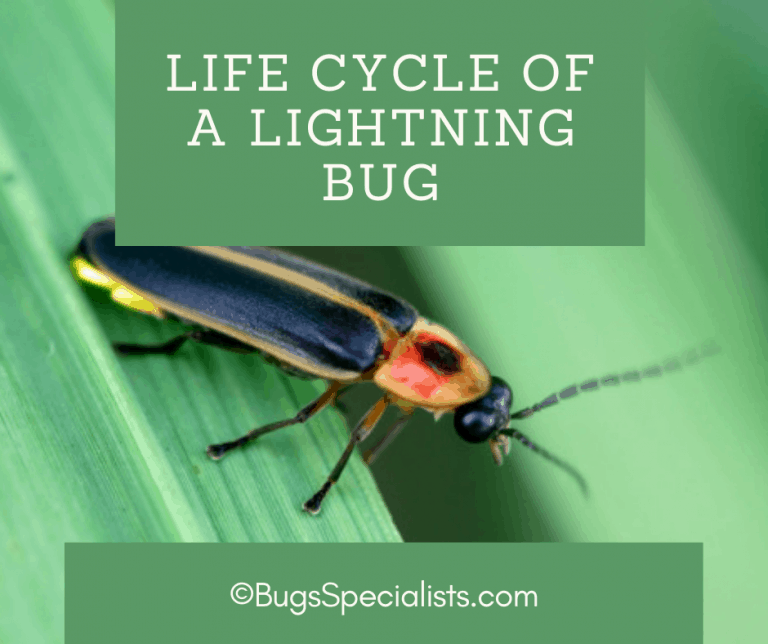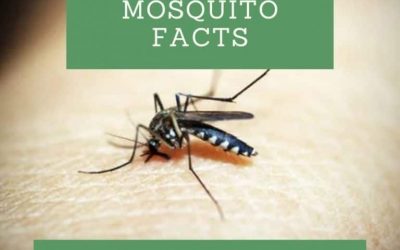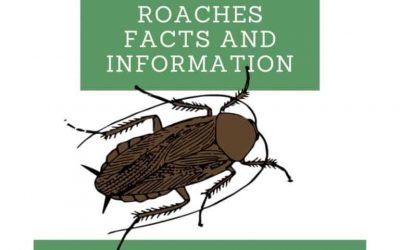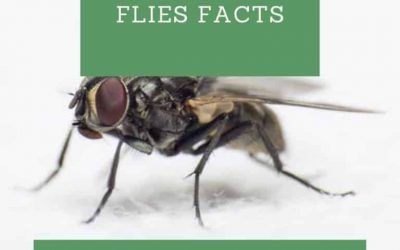Buckle up for The Spellbinding Life Cycle Of A Lightning Bug. Besides running after the ice cream track and bursting through the sprinklers.
Nothing is more intriguing than catching lightning bugs in your backyard during the summer nights. Oh! Those were some fantastic nights to remember!
So what are lightning bugs? And what was so fascinating about catching them? You might ask- Read on for an in-depth understanding of why they are called lightning bugs and learn more about the life cycle of a lightning bug.
Overview
What Are Lightning Bugs?
Lightning bugs or “fireflies,” as sometimes referred to by people, are neither flies nor bugs – they are actually a family “Luminous Beetles.”. The names “Lightning bugs and fireflies” originated from the fact that adult beetles emit code-like light flashes with their lower abdomen to attract mating partners. Each lightning bug species emits its own unique flashing patterns. Some make short quick flashes, some emit lengthy hard glows, while others even have a magical invisible glow.
Before we go further, it’s imperative to note that “glowworms.” are Lightning bugs in the larvae stage.
Besides inviting mating partners for sexual reproduction, this unique lighting pattern is a perfect visual treat for anyone living around a lightning bug habitant. Back then, kids would run around catching these lightning bugs, putting them in glass jars to make beautiful insect lanterns.
Having lightning bugs in your backyard is undoubtedly a smart idea, as unlike other less attractive bugs, these beneficial beetles don’t bite, they are not harmful, and they are not infectious. Plus, most of them feed on other small pests, snails, and slugs, giving you an effective natural pest control method.
What Essential Oil Repels Bugs?
The Spellbinding Life Cycle Of A Lightning Bug
Like other beetles, lightning bugs go through a complete metamorphosis of four stages in their life cycle: i.e. eggs, larvae, pupa, and adult stage. These beetles spend most of their life at the larvae stage; – they can spend almost two years as larvae, then live as adults for about 2 to 4 weeks. It is estimated that a complete four-stage life cycle will take roughly 2 to 3 years, depending on the environment.
Egg (Embryonic Stage)
The life cycle of lightning bugs starts with the formation of an egg. After mating, the fertile female lightning bugs will deposit roughly 100 cylindrical eggs into the soil surface. They love moist soils and will mostly lay their eggs under mulch, inside rotten logs, or fallen leaves where the ground will not dry out quickly.
Other females lightning bugs will opt to deposit their eggs on the grass instead of the soil surface. The egged usually take three to four weeks to hatch. It’s beautiful how the eggs glow dimly when rubbed gently, that is if you happen to find them.
Larvae (larval stage)
Just like other beetles, lightning bugs larva has a similar figure to that of a worm. The lightning bug larvae also emit flash-like lights, and this is why you will hear people calling them glowworms.
The lightning bug’s larvae spend most of their lifespan in the soil; it does most of its feeding at night, where it preys on small insects, snails, worms, and slugs. Once it catches its prey, it injects the unlucky guy with powerful digestive enzymes that will immobilize and liquefy the target making it easy to consume.
The larvae will stay underground during winter before pupating in spring. Some can even remain underground for more than a year, with some living underground for two winter seasons before pupating. As it feeds and grows, the larvae will regularly molten to shed off its old outer shell, replacing it with a new and larger one each time.
Pupa (Pupal Stage)
As the larva prepares to pupate-(mostly towards the end of the spring season) -most larva species will burrow themselves under the soil, while other species will attach themselves under tree barks, ready to start the pupation process.
Regardless of how it decides to position itself, the larva will start a remarkable transformation process called Histolysis. Here the larva will break down into smaller cells that will, later on, activate a complex biochemical process that will turn the beetle from larva form to adult form. An adult lightning bug will usually emerge as adults after one to three weeks.
How to get rid of bugs attracted to light
Adult (Imaginal Stage)
The chief objective of this stage is to reproduce. The male lighting bug will try and find a suitable partner using its code-like flashing pattern, after which they mate. It is understood that most adult lighting bugs don’t eat; they find a mating partner, reproduce offsprings, and simply die. They live for roughly 2 to 4 weeks.
How to Get Rid of Ground Beetles
Frequently Asked Questions on lightning bugs
Where To Find Lightning Bugs?
Lightning bugs can be found all over the planet, except in Antarctica. Scientists believe that there are roughly about 2000 different lightning bug species worldwide. A common sight during summer.
lightning bugs prefer a warm but moist environment and often reside in humid areas of Asia and America. In drier regions, they can be found in damp areas that retain moisture, such as forests and open fields, especially those near streams, lakes, rivers, and ponds.
How Do They Defend Themselves From Other Predators?
Are Lighting Bugs Disappearing?
Life cycle of a Lightning Bug
Lightning bugs are famous for their vivid night time displays. Even though the lighting mechanism is mostly used to attract mating partners, it also used to defend their territory and wade off predators. Due to their predatory nature, Lightning bugs have many agricultural benefits because they act as a natural pest control system.
Over the years, Lightning bugs have faced numerous challenges that are pushing them to extinction. Some of the challenges include loss of habitat, use of pesticides and climate changes.







